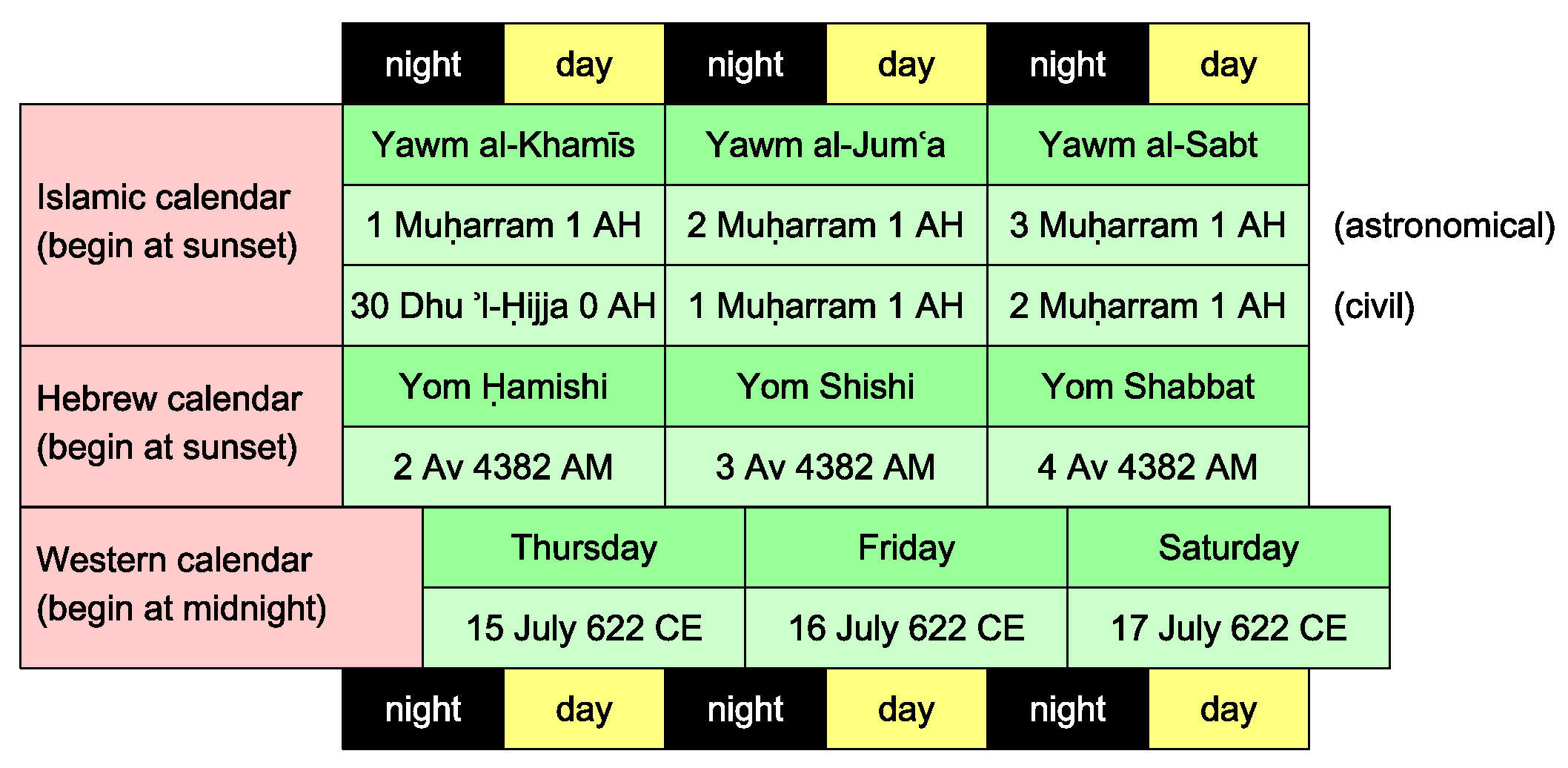- The Calendar Converter Calculator
- The Calendar Converter Online
- Date Converter
- The Calendar Converter App
Why Conversion Programs Produce Varying Results
To convert a date in the Revolutionary calendar into the same one in the Gregorian calendar, or vice versa, please enter the desired date then click the button corresponding to your request. Melodyne 4 for mac. Dates are accepted from 15 Vendemiaire year II (October 6, 1793), the date of entry into force of the Republican calendar by decree of the National. Adapted from Formilab's Calendar Converter. For information regarding any of the above calendars, please click on the link above.


There are several internet programs which convert dates between the Gregorian and the French Revolutionary (Republican) calendars. These programs usually provide for the conversion not only of dates during the period when the French calendar was in use but also of dates subsequent to Napoleon's discontinuation of the calendar on Januray 1, 1806. Conversion of dates between 1792 and the end of 1805 is of utility to historians and genealogists. Conversion of subsequent dates is mostly of interest to hobbyists and francophiles (though the French Revolutionary Calendar was briefly revived by the Paris Commune in May 1871*).
Although the new calendar was not adopted until October 1793, the first day of the first year was retrospectively set for the day the Republic had been proclaimed, which happened to coincide with the autumnnal equinox in 1792: thus September 22, 1792 = 1 Vendémiaire I. A normal French calendar year of 365 days was to consist of twelve 30-day months followed by 5 'complementary' days, the 'sans-culottides,' at the end of the year, i.e. in late September.
The original scheme was to make every year start on the day of the autumnal equinox, as observed and calculated in Paris. To accomplish this, a leapday would be inserted as a sixth 'complementary' day if it was needed to make the following year start on the autumnal equinox. This resulted in leap years in years III, VII and XI, with leap years projected for the years XV and XX. So leap years would be determined by an astronomical observation and, unlike the Gregorian calendar, would not occur at regular four year intervals. Note the five year interval between XV and XX.

The Calendar Converter Calculator
However, the French declaration establishing the Revolutionary Calendar was itself somewhat ambiguous, even contradictory, in laying out a method for inserting leapdays in perpetuity, and a variety of proposed alternative methods arose. For example, the head of the commission which proposed the Calendar, Charles-Gilbert Romme**, subsequently suggested that leap year calculation be simplified by borrowing from the Gregorian calendar the 4-100-400 rule***, replacing astronomical observation with the simplicity of arithmetic and yielding a more regular cycle. Some of these alternatives are well discussed in Wikipedia.

The Calendar Converter Online
Conversion of dates since January 1, 1806, is made problematic (and essentially speculative) by these differing methods. It is the differences among these methods which cause most of the apparently inconsistent results given by the programs on the internet.
Date Converter
There is another source of divergence, however: namely a defect in the implementation of the javascript interpreter on the Safari browser. It mishandles leap years in century years when using the Date(mm/dd/yyyy) function (although it gets 1900 and years divisible by 400 right). This defect exists even in the current version (6.0.4). The converter on this page avoids the problem with a small workaround, kindly provided by calendar maven Steve Morse.
__________
The Calendar Converter App
* May 6th to May 23rd: 16 Floréal to 3 Prairial LXXIX.
** Romme's idea was at the time rejected, but it was eventually revived and serves as a popular method for handling French leap years following the year XX. Romme himself fell victim to the revolution, dying by his own hand on 29 Prairial III after being sentenced, along with five other Montagnards, to the guillotine.
*** '4-100-400 rule': A year is a leap year if it is divisible by 4, unless it is divisible by 100, unless it is divisible by 400.
